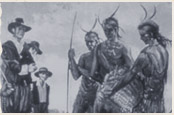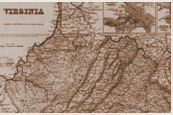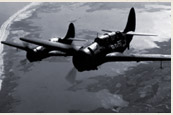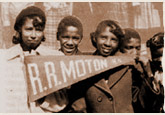Battle of Britain: A Spotter on London Rooftop
National Archives and Records Administration
St. Paul's Cathedral in London Air Raid
National Archives and Records Administration
London Firemen Air Raid Exercise
National Archives and Records Administration
Children in East London After a Night Air Attack
National Archives and Records Administration
Berkshire Almshouse Residents After a Night Air Attack
National Archives and Records Administration
Description: "What General Weygand called the Battle of France is over. I expect that the Battle of Britain is about to begin. The whole fury and might of the enemy must very soon be turned on us. Hitler knows that he will have to break us in this island or lose the war. If we can stand up to him, all Europe may be free and the life of the world may move forward to broad sunlit lands...Let us therefore brace ourselves to our duties and so bear ourselves that, if the British Empire and its Commonwealth last for a thousand years, men will still say 'This was their finest hour' " (Winston S. Churchill, June 18, 1940).
Teaching Tips:
"Do Now" Suggestion
- Students could look at the photographs either on a computer or an overhead projection. They could choose to pretend to be one of the people depicted in the photographs and write a postcard to an American cousin, explaining their experience during the war. The teacher could choose a photograph from each of the categories above and ask students to look at the selection (either on a computer, overhead projection or a PowerPoint slideshow). The teacher can give the students a list of the categories and ask the students to match the picture to its category. The exercise encourages students to look carefully at photographs and to pick out clues that might indicate their origin.
- Students could use the photographs as the background to create a news magazine cover. They would have to add a magazine title and at least five short titles for articles that a reader would find inside the magazine. The teacher could either have students just create the cover, or also have them write the articles.



